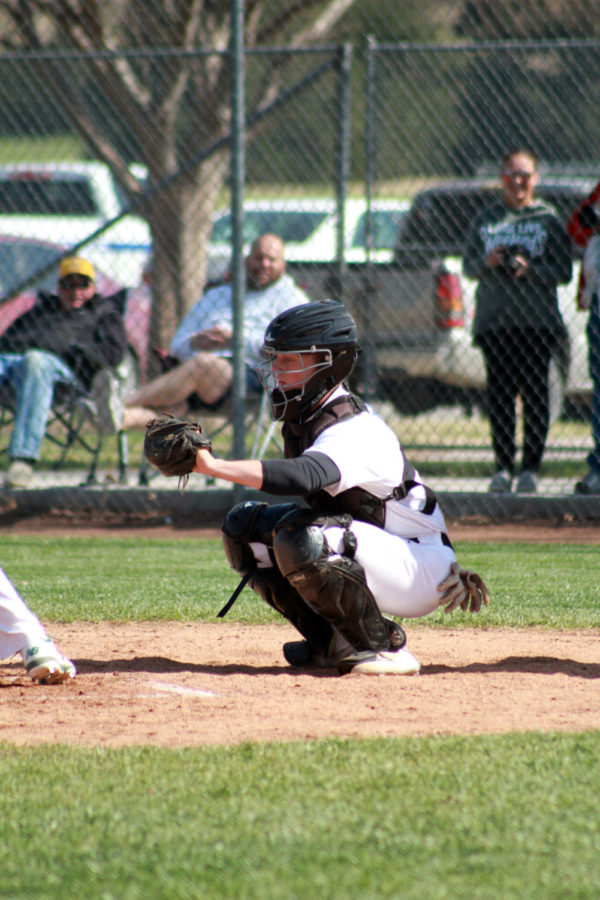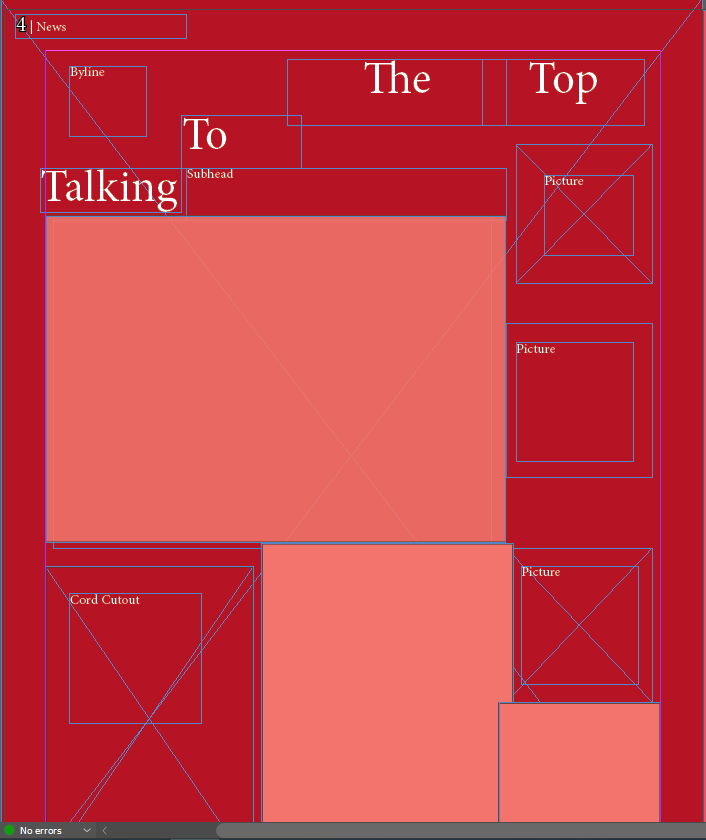Surge of lock-ins leave student body uneasy
September 26, 2021
Throughout the first week of September, NHS students were alerted of a series of lock-ins through the use of the intercom system. Each announcement regarded the suggested response to the incidents that occured, whether that be sheltering in place while continuing learning, not leaving the school building for lunch or not leaving the classroom without an administration escort. The response to the incidents were suggested with the student’s best interest in mind and therefore the cause of the lock-ins were never revealed directly to students.
Teachers and students experienced a variety of responses to the situation. Some teachers later discussed how they attempted to calm down their students and what they could do next time to improve the situation. Some students were disappointed that they could not leave for lunch, but they understood why they were requested to stay.
“My students did great and were very willing to stay in class when asked. I felt the practice lock-ins prepared us well for it. I was surprised we had two lock-ins in one day for sure. But I guess that can happen, so it is good to be prepared for it,” art teacher Eden Quispe said.
Some teachers had experienced multiple lock-ins in a short span of time, such as recently, in the past and felt more prepared than others. Students, on the other hand, say they were primarily nervous, scared and stressed during the lock-ins. While it is a normal response to feel this way, students say they feel less anxious when their teachers attempt to communicate with them and find a method to calm the classroom down.
“Having been a crash investigator in a previous career, I tend to think I have a different perspective than others when it comes to emergency management. When lock-ins do take place, I try to use the opportunity as a teachable moment with my students and have real, down-to-earth discussions. We discuss the differences between lock-ins and ALICE drills. We also talk about the purpose of drills and how different people react in different situations,” English teacher Kynda Faythe said.
According to an overview from the ALICE Training Institute, ALICE training and practice lock-ins teach evacuation procedures that are both safer and more strategic. An active shooter situation in a building is unlike any other, and thus, taking individuals to a safe location or barricading within the classroom keeps them out of harm’s way.
“Most students were freaking out,” junior Mallory Walters said. “I think that from what I heard, the lock-ins were necessary [because an incident was occuring that students] did not need to see. I don’t think that many new teachers were prepared based on their responses, [but this could be used as a learning experience moving forward]. I think that the teachers did a good job at handling it well given the short notice.”
Some people seemed unconcerned about the announcements or the situation. Other students were perplexed by the second lock-in, which occurred on the same day. Two lock-ins in one day is unusual, and therefore, these circumstances left students more confused than scared.
“I personally didn’t react or think much of the situation but I was confused when the second lock-in happened because I was in Intro to Health at the time and that class isn’t within the school building so I think it threw us a little off guard. I think many students were more confused than they were scared because it wasn’t anything really extreme but two lockdowns on the same day doesn’t occur often. However, I think that teachers handled the situation well,” sophomore Mckenna Brown said.
The overall consensus was that students were confused about the circumstances but understood the need to withhold that information from the student body. Even so, some students decided to text their friends to make sure they were okay.
“I was really confused when the first lockdown happened and I texted my friends to make sure everything was going alright. Luckily my friends were all doing okay and weren’t hurt so our class just had to stay inside of the room for a little bit,” freshman Taylor Fair said.





















